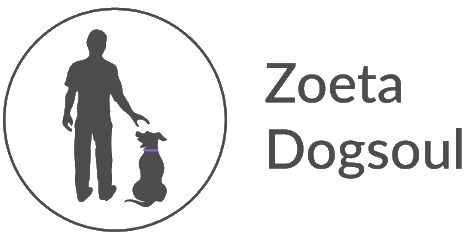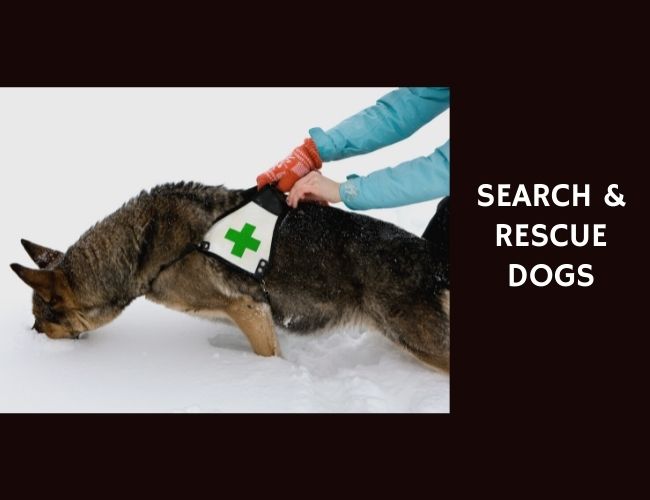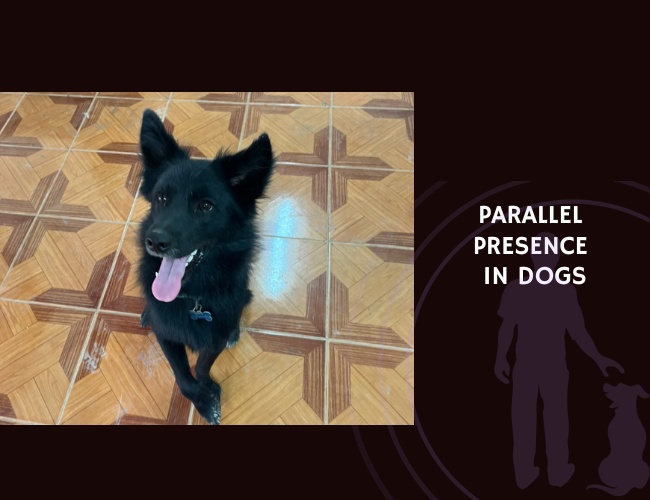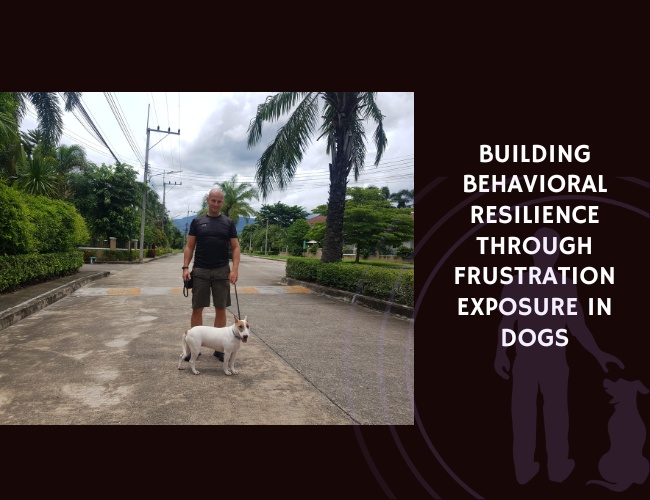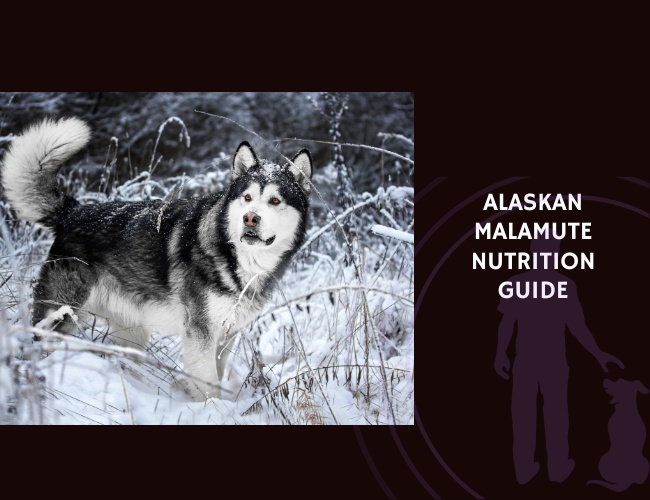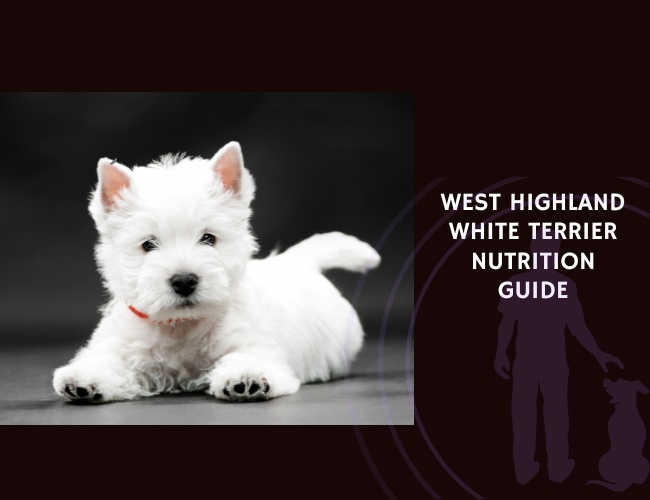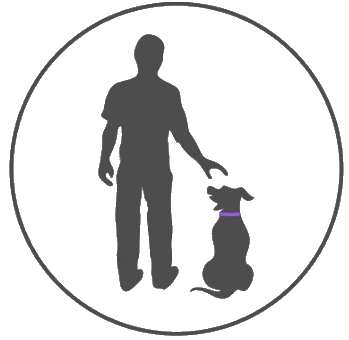Dogs play many functions in our lives. Some dogs are buddies. Some are guardians. Some are solution dogs. And also some dogs are best referred to as heroes. The canines involved in search as well as rescue goals are brave dogs that maximize their all-natural capabilities to assist troubled people.
What are search and rescue dogs?
Search and also rescue (SAR) dogs spring into action assisting humans during difficult times. They track people shed in the wilderness or those lost after an all-natural calamity. SAR dogs locate Alzheimer’s people who have actually strayed from a treatment center. They situate individuals trapped in debris after an earthquake or hidden under an avalanche of snow. SAR dogs adapt to a selection of circumstances and also work well under pressure.
Why are dogs used for search as well as rescue job?
Dogs are particularly furnished to be rescuers as well as can focus a shed person with their impressive sense of scent. With noses that much go beyond ours, dogs have greater than 100 million sensory receptor websites in the nasal tooth cavity, as compared to 6 million in individuals. Additionally, the area of the canine mind dedicated to evaluating smells has to do with 40 times larger than the comparable part of the human mind. As a matter of fact, it has actually been approximated that dogs can smell anywhere from 1,000 to 10,000 times better than individuals. Dogs simply have a “nose” for rescue work.
Human beings may easily scent baking cookies, but dogs can discover a whole lot much more since they have an added olfactory organ that boosts their capability to scent. Found inside the nasal tooth cavity, Jacobsen’s organ opens into the roofing system of the mouth behind the upper incisors. The nerves from Jacobsen’s organ lead straight to the brain and also, unlike other nerves in the nose that reply to normal scents, these nerve cells respond to a variety of materials that usually have no smell in all. In other words, they work to discover “undetectable” smells.
What are the types of rescue dogs?
Although all SAR dogs depend on their sense of smell, they are differentiated as either air-scenting or trailing dogs. Air-scenting dogs identify human fragrance that is airborne and also typically function off-lead to cover huge locations of land. They are normally non-scent-discriminating, implying that they detect fragrance from any type of human in contrast to a particular person.
By comparison, routing dogs are trackers that can differentiate the scent of a details individual after scenting an article of garments or object touched by the missing out on individual. These scent-specific dogs track by maintaining their noses to the ground, only sometimes raising their heads to detect air-borne particles. Routing dogs function both on- and off-lead and also comply with the actual path taken by the missing person.
Exactly how do air-scenting dogs function?
Air-scenting dogs comply with diffused or wind-borne fragrances until they discover the site where the scents stemmed. Once they discover the source of the smell, these SAR dogs call their handlers by barking. If the trainer is far, the SAR dog may go back to the trainer and overview him to the aroma’s beginning, such as a lost person.
” Given that air-scenting dogs discover air-borne particles, weather conditions affect their work efficiency.”
Considering that air-scenting dogs identify air-borne particles, climate condition impact their work performance. Wind speed, temperature, moisture, as well as wind instructions all influence the dog’s capacity to work. Amazingly, regardless of less-than-optimal conditions, these gifted dogs can cover a search area that may range from a couple of blocks to 150 acres and also can spot a fragrance resource regarding 1/4 mile away.
Although a sharp sense of odor is a common canine characteristic, some dogs execute much better than others. Air-scenting SAR dogs are commonly rounding up or showing off types, such as Boundary Collies, German Shepherds, Golden Retrievers, Springer Spaniels, or Labradors.
Exactly how do routing dogs work?
Routing dogs follow a particular fragrance left by a missing out on person in the world as well as plants. They are so focused know the aroma that they can accurately map turns or even “double backs” taken by the lost person. The discerning noses of tracking dogs can rule out various other human fragrances and also concentrate on the “smell of the day”, an essential element of successful rescue missions. Given that these dogs usually work on-lead as well as move at a slower speed than their air-scenting associates, the handlers of tracking dogs are generally close by.
Lots of people identify Bloodhounds as the premier tracking dog, but other types execute well as well. Sporting, working, and also herding types stand out at the task. Larger, tougher types can adapt to rough terrains as well as face grueling conditions. Trainers have to additionally be able to encounter the physical difficulties of search as well as rescue goals.
Do the two kinds of SAR dogs ever before work together?

In times of disaster, air-scenting as well as routing dogs might work together. Air-scenting dogs are released in high-probability areas or places where the shed person is likely to be as well as check wide swaths of surface. Tracking dogs are deployed from the person’s last well-known point (LKP) or the website of an uncovered item of evidence and maneuver outwards from there. Both sorts of SAR dogs need to have the ability to work 4-8 hrs straight as well as not be sidetracked by human rescue workers or wildlife. As critical employee, handlers should excel in wilderness survival techniques when working in rough terrain.
Both air-scenting and also monitoring dogs can be cross-trained as cadaver dogs that are utilized to situate the remains of departed targets.
These dogs persuade huge areas in case of all-natural catastrophes (hurricanes, floodings, tornadoes) or tiny locations (particular criminal offense scenes).
What training is called for to become a SAR dog?
A good nose is inadequate. A skillful SAR dog needs great deals of training, beginning with fundamental obedience skills. Then SAR dogs learn exactly how to track, signify their handlers, as well as behave appropriately in stressful situations. Their trainers need training, also. Trainers are usually trained as police, fire service, and emergency response professionals.
Young puppies start educating as early as 8-10 weeks old as well as take place the job by 1 or 1 1/2 years old. Because the job is literally requiring, SAR dogs typically retire when they are 5-10 years of ages. These hard-working dogs after that enjoy a much-deserved retired life, commonly alongside their handlers where they are part of the family members.
Get your Dog Boarding in Chiang Mai, Dog Training in Chiang Mai & Dog Training in Bangkok today.
